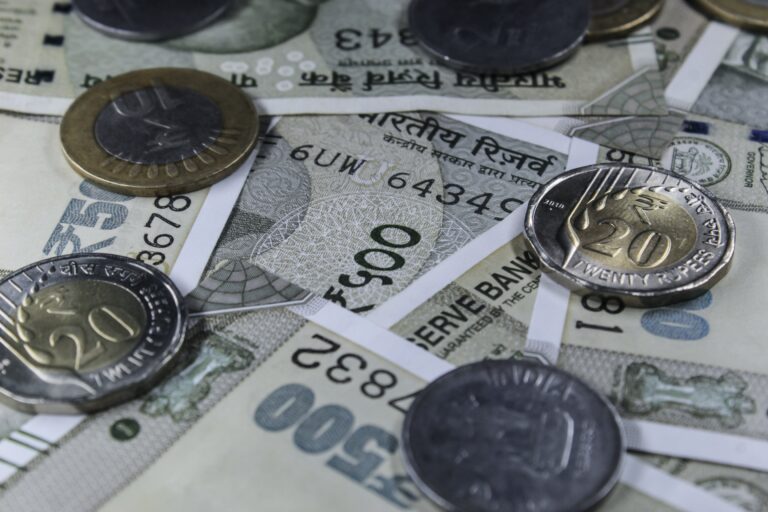
Everyone faces an emergency sometime in life. I am talking about a financial emergency, which you would have faced in the past. You can reduce the impact of financial emergency if you have an emergency fund. In this article, we shall delve into “What is an Emergency Fund and How to Create one?“.
Recently Lido Learning, SuperLearn, and GoNuts had laid off 100% of its workforce. Then GoMechanic, PhableCare, and MFine laid off 70-75% of its workforce. Byju’s laid off 4,000 employees and Swiggy laid off 2,880 employees. And the list keeps growing.
With these job losses, come laid-off employees missing their EMIs, delaying health care expenses, and delaying school fees of their kids.
However, with proper planning, the monetary impact of such events can be managed with adequate emergency funds.
First Rule: Have an Adequate Emergency Fund
It is one of the first rules of financial planning that a person must have adequate protection in the form of an emergency fund. It is such kind of fund, which you keep at a safe place. You do not touch this fund unless there is an emergency. Financial planners generally suggest that Emergency funds should be equal to three to six months of living expenses. These include expenses that can not be avoided even if there is a loss of income. Such as expenses towards food, kids’s education, rent, EMIs, insurance, etc.
Say, you have monthly expenses of Rs 50,000 and another Rs 10,000 for EMI payments, then the appropriate emergency fund should be six times Rs 60,000 i.e. Rs 3,60,000.
Emergency fund protects you, in case of sudden loss of income. It also helps you to tide up with essential expenses, till the time you restore your income.
Further, if one meets with an accident, then you may require immediate funds. Insurance may not cover all expenses. Sometimes you need to get spend from your pocket beforehand, and then seek reimbursement from the insurance company.
In case of sudden job loss, it may take about six months to get a new job. That’s why a six-month emergency fund was recommended, however, you can increase/ decrease the cover, given your specific situation.
How to create an Emergency Fund?
Once you have decided on the quantum of the Emergency Fund, contribute every month towards this through SIP, until the required fund is reached. Remember, you need to first create an Emergency Fund and only after that, you can invest the surplus savings in other investment avenues.
Where can you keep your emergency fund?
An emergency fund is for the emergency, hence it should be kept at the safest place. Also, it must be easily and immediately accessible. For safety, one has to compromise with returns.
You can park one-half of the Emergency Fund in the form of bank Fixed Deposits and liquid funds. The remaining one-half can be invested in a Balance Advantage Fund, such as ICICI Pru Balance Advantage Fund.
While creating bank fixed deposits, do it using online mode. That way, you can liquidate FDs even at midnight without visiting a bank branch.
For Bank FDs, always choose big banks such as SBI, ICICI, HDFC, etc. You must avoid cooperative banks or small finance banks. These cooperative banks or small finance banks will always offer higher interest rates on FDs. The higher interest comes at a price of high risk. There have been several instances of mismanagement in the cooperative banks, which caused the freezing of all money by the Reserve Bank of India. You can use the Laddering Technique to maximize FD returns.
Investment in a Liquid Fund can be done in any big fund house, just compare fees and choose the lowest fee one. You can get plenty of options in your investment platform such as Paytm Money, Groww, etc.
In case of Emergency, first FD or liquid fund to be used. Only after these two are exhausted, is the Balance Advantage Fund to be used.
The creation of an Emergency Fund is the most basic yet most important step in your road to financial robustness. It ensures that you do need not to touch your investment portfolio in case of a real emergency. This way you get the benefits of compound interest over a long period.
Regular Review
Over the years, as you grow old and have more responsibilities, you must review the quantum of Emergency Fund requirements. This will ensure that you will always have an optimum Emergency Fund. Reviewing emergency funds can be clubbed with a review of a financial plan.
[…] Before making an investment for growth, you need investment for safety. You need to create an Emergency Fund to provide a safety cushion to your investment and save you from sudden financial impacts. You can learn more about the Emergency Fund here. […]
[…] strategy successful, you must have sufficient term insurance, health insurance and an appropriate emergency fund. Also, you need to create different funds for important life events such as an education fund, […]
Simply wish to say your article is as amazing The clearness in your post is just nice and i could assume youre an expert on this subject Well with your permission let me to grab your feed to keep updated with forthcoming post Thanks a million and please carry on the gratifying work